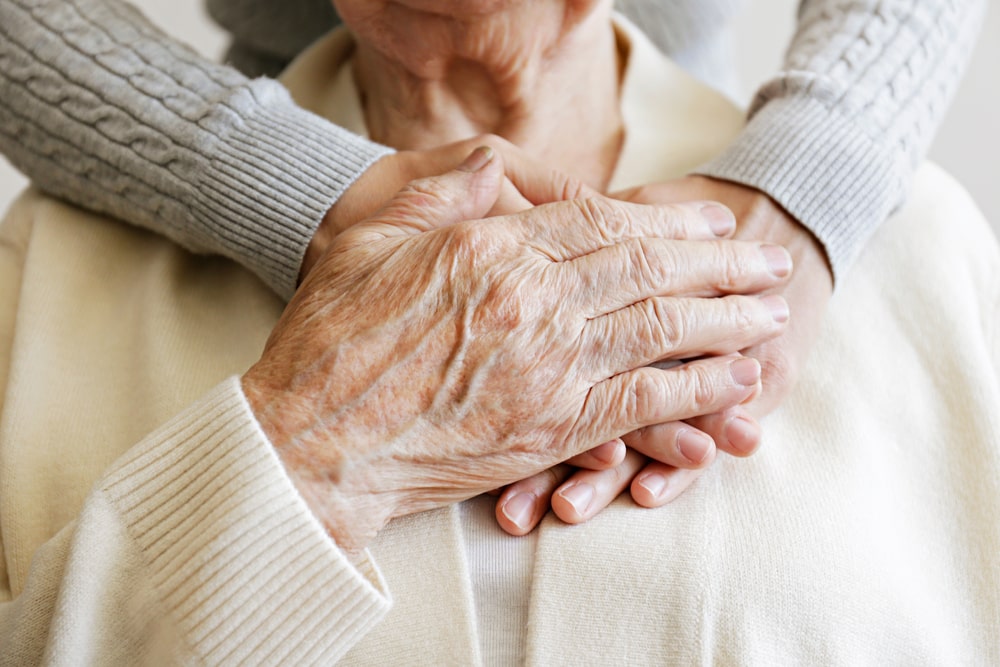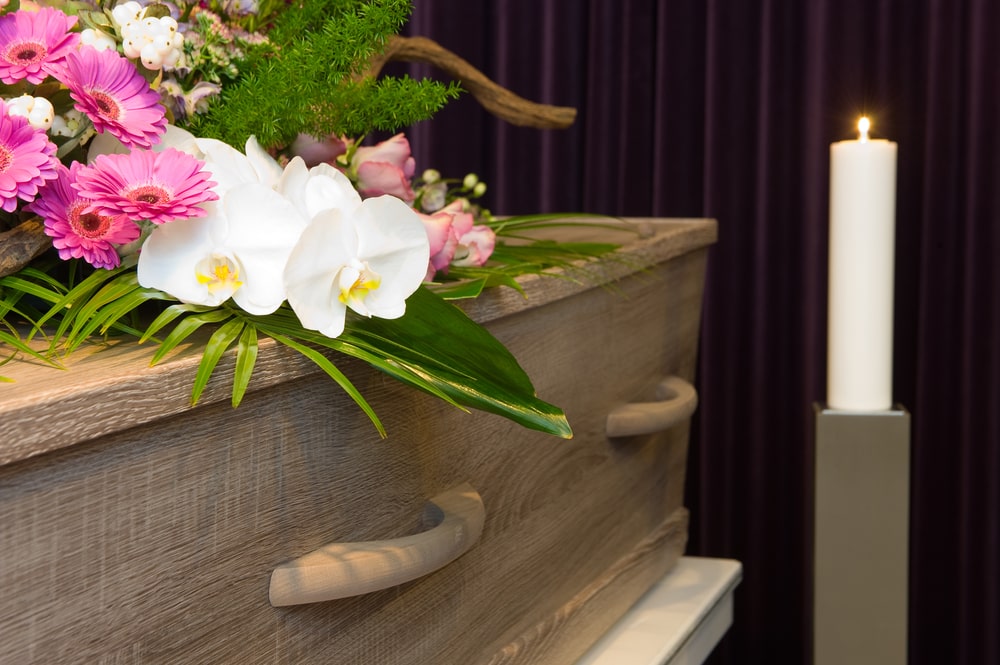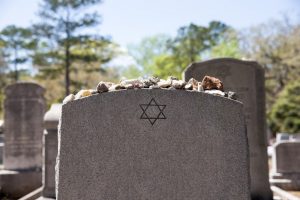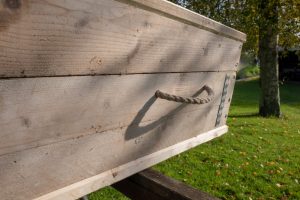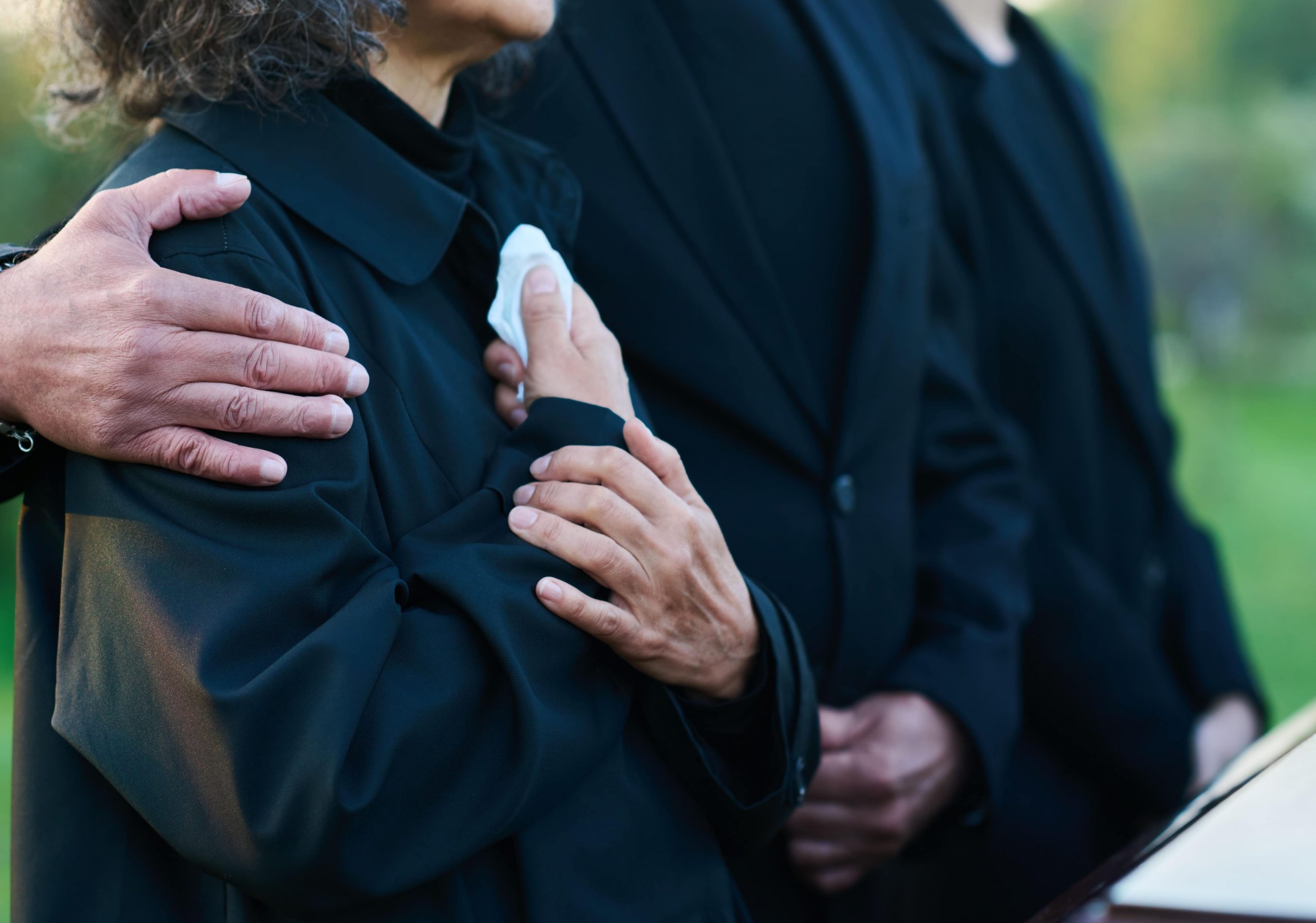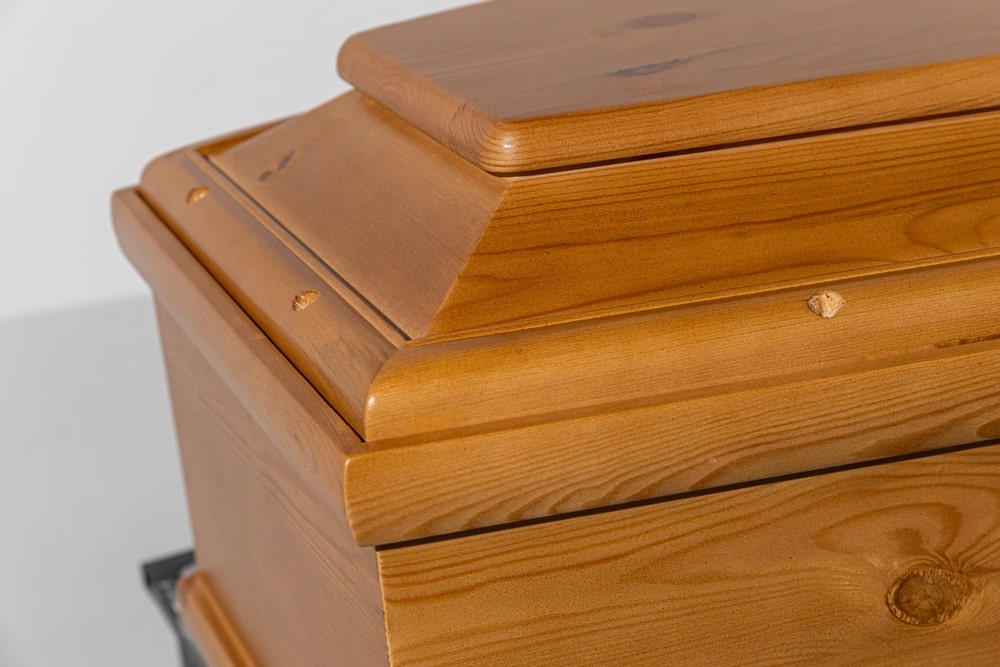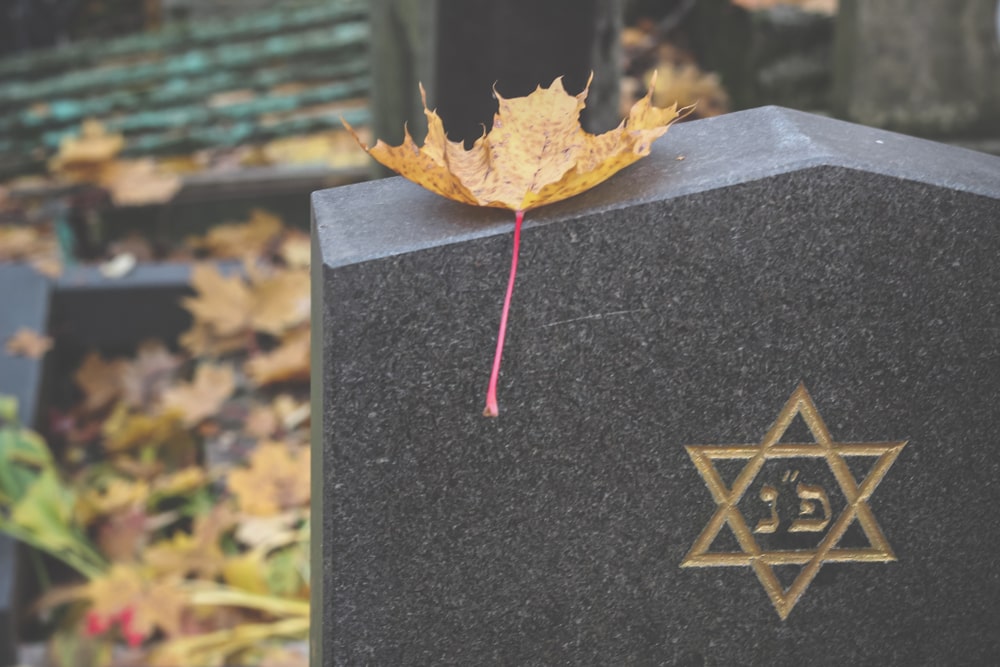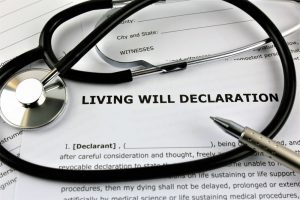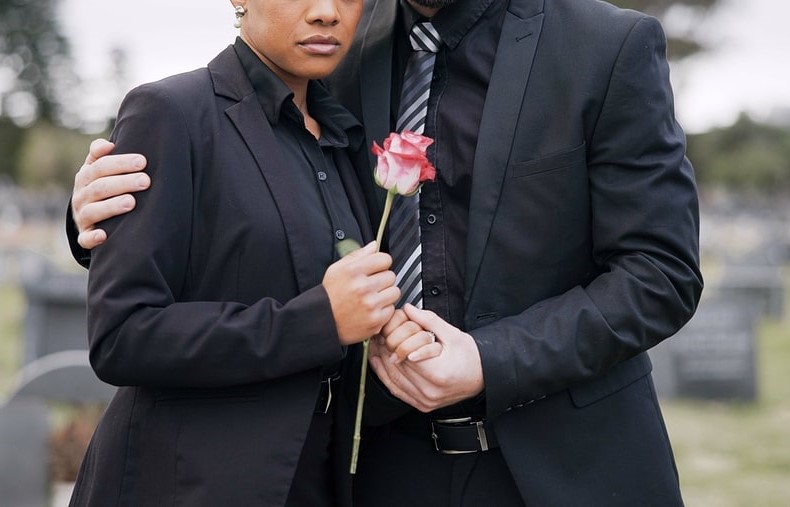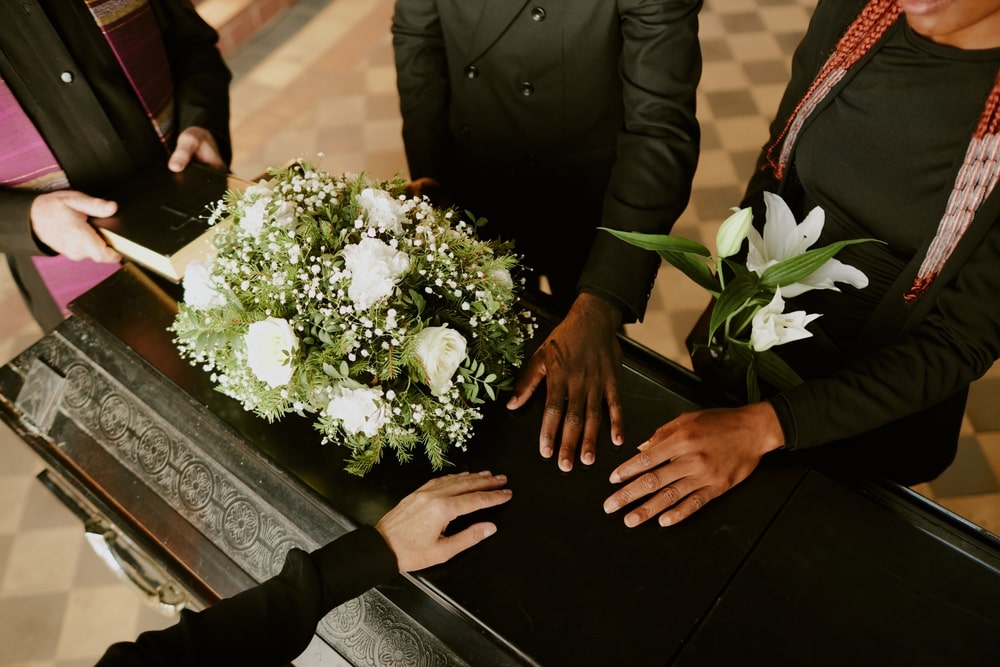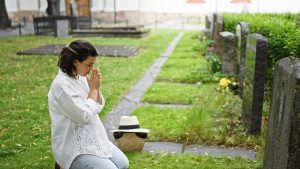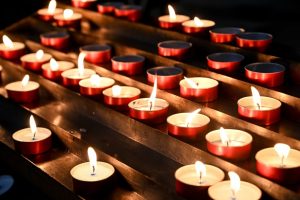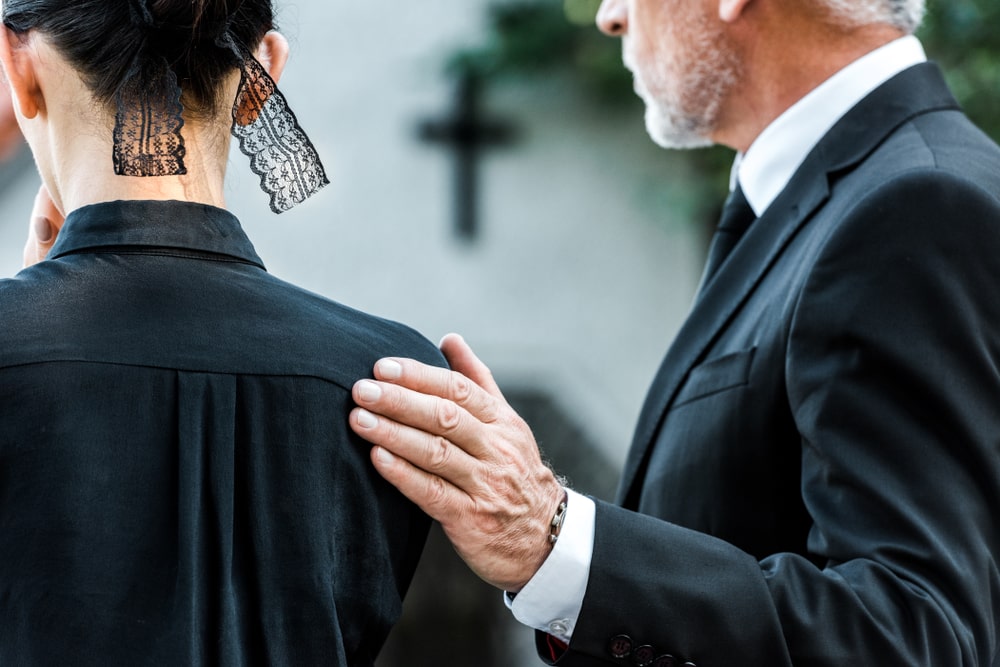
For millennia, flowers have been a universal representation of love, life, and loss. In many cultures, funeral flowers carry deep-rooted and cherished significance. They create a soothing atmosphere, evoke positive emotions, create connections, and convey messages of love and support. Today, let’s discuss several prominent funeral flowers around the world and why they may be more culturally significant in one area of the world than another.

White Lilies
In many cultures, the white lily is commonly used for funerals. These trumpet-shaped blooms represent purity, innocence, peace, and the resurrection of the soul. Because of their close association with the soul, white lilies are often seen at religious ceremonies and other commemorative events in Western, Latin American, and Asian cultures. A traditional choice for funerals since ancient times, the lily is fitting for a time of reflection and mourning.

Roses
Roses are practically synonymous with profound love. In Latin American and Western cultures, any color rose can be offered as a remembrance after a loved one’s death, though red and white are perhaps the most common. However, in some Asian cultures, the color red represents celebration and happiness, and because of that, red roses are inappropriate for a funeral. They use white instead for its connection to purity and reverence.

Marigold (Cempoalxochitl)
Perhaps most well-known for its use during Dia de Los Muertos in Mexico, the marigold is considered the “flower of the dead.” Its color and fragrance are thought to guide the souls of the deceased back to the world of the living, where family and friends leave offerings to pay their respects. The bright, cheery color celebrates life instead of focusing on the bitterness of death. Additionally, the marigold is essential to Hindu funerals because it symbolizes the cycle of life and death, guiding the soul to its next incarnation.

Chrysanthemum
In many Asian cultures, the lovely chrysanthemum is closely associated with death and funerals. These delicate plants convey grief, lamentation, respect for the deceased, and condolence for the family. White and yellow are considered the most suitable colors. The chrysanthemum may also be used in Western culture funerals, though there’s less emphasis on specific colors. Instead, you can include chrysanthemums of any shade at a loved one’s final tribute.

Jasmine
While flowers are used more sparingly in Middle Eastern funerals, jasmine and white lilies are often considered acceptable choices. Jasmine is associated with death, remembrance, spiritual realms, and the afterlife. Some families may use the strong, sweet fragrance to scent their homes. Other families will leave the flowers at the grave to offer respect to the departed. Middle Eastern cultures often focus more on spiritual connection through prayers, but there is still room for personal expression through floral arrangements.
Lei
Hawaii is well-known for its use of the lei for many occasions. One of these occasions is the funeral, where the lei is used to express condolences and respect for the deceased and their family. In Hawaii, the lei represents love, respect, and the circle of life and may be worn by guests, draped over photos or the casket/urn, or set out to decorate the funeral service area. In some cases, the lei may be thrown out into the ocean, symbolizing the release of a loved one’s spirit. Various types of leis can be used, including maile, ti leaf, and orchid leis.
King Protea
The national flower of South Africa, the King Protea symbolizes strength, resilience, and the enduring nature of life. The flower’s ability to survive harsh conditions created a cultural connection to overcoming adversity and embracing the future. Because of its deep roots in South African culture, the artichoke-like flower is often used at funerals. It gives mourners a way to express their love and care for a lost loved one in a way that is uniquely suited to South African traditions.
Flowers are used all over the world to convey sympathy, respect, and remembrance. If you are selecting flowers for a culture that is not your own, consider asking which flowers would be appropriate. For example, flowers are not part of the Jewish funeral tradition. Because of that, they wouldn’t be the best choice for paying respects and supporting the grieving family. When in doubt, ask someone who knows, like a family member, friend, or even the funeral director.
If you’d like to learn more about funeral flowers, check out 7 Popular Sympathy Flowers and Their Meanings and Gifting Sympathy Flowers: A Practice that Goes Back Millennia.



